As A Quiet Place: Day One continues to bring a terrifying silence to cinemas across the UK, we sat down with award-winning production designer Simon Bowles to discuss his contributions to the project and his recreation of the streets of New York on the Warner Bros. Studios Leavesden backlot.
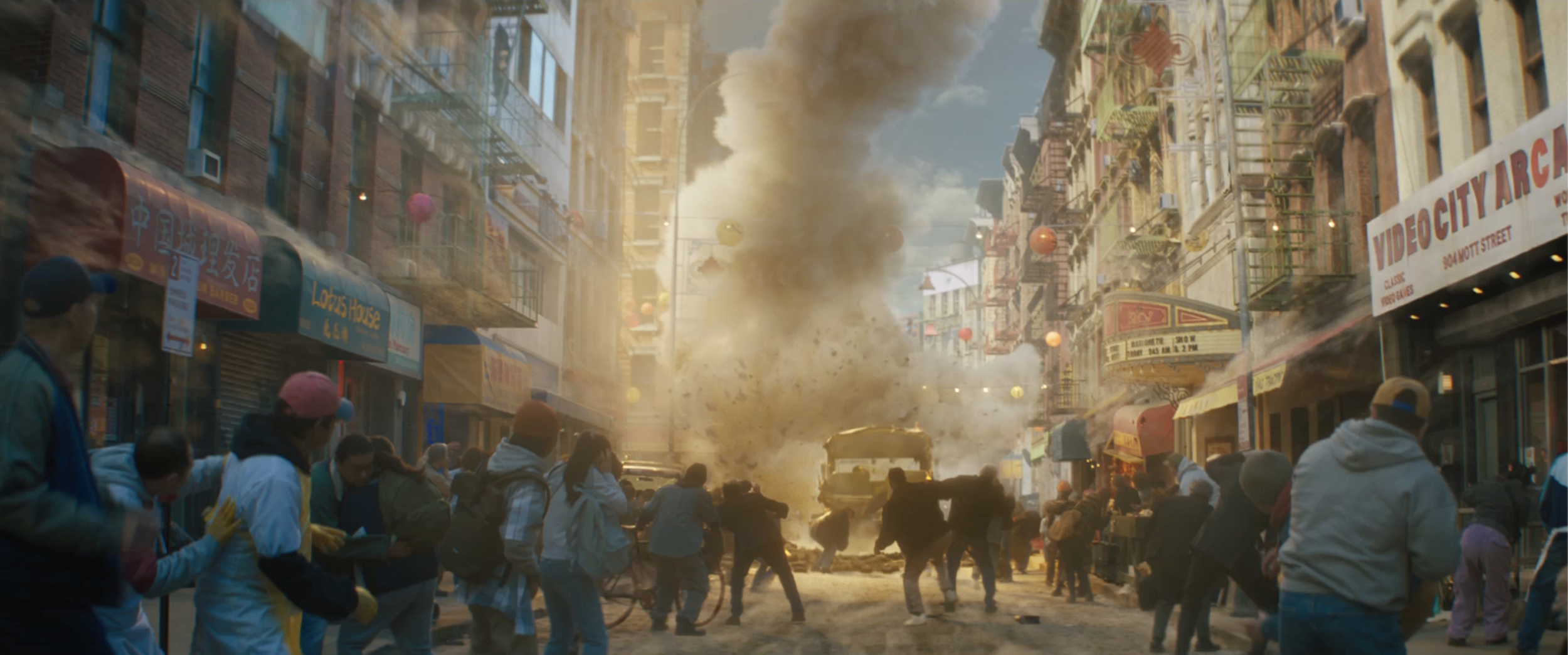
For anyone who may not know, could you give us an introduction to who you are and what you do?
Hi, I’m Simon Bowles. I’m a production designer. I get to design the look of a movie, I work very closely with the director and the producers to create the atmosphere, the world that the movie takes place in.
What was your involvement within the making of A Quiet Place: Day One?
For A Quiet Place: Day One, I got to design New York, you know, to recreate that. But to work with the script.
The movie is pretty much a road-movie on foot. Starting in Chinatown in New York, we follow Samira (Lupita Nyong’o) the lead character, and Frodo her cat through up through New York, up through Lower East Side, and then up to East Midtown and Upper East Side, finally getting to East Harlem.
Each of the neighbourhoods of New York has a completely different kind of feel. So, I needed to create a set on the backlot here at Warner Bros. Studios Leavesden to create four blocks of each of these neighbourhoods. We could couldn’t afford to build five of them, so we built one and revamped them for each neighbourhood. It was really good fun!
For example, for the Chinatown set, I chose the theme of colour, using a lot of golds, reds and greens. Lower East Side has much more of a neon colour palette. There were smaller changes we made between the sets too, including the graffiti. The graffiti in Chinatown was very rough and aged, overlaid with posters, whereas you go into Lower East Side and there were murals, which were a bit more artistic.
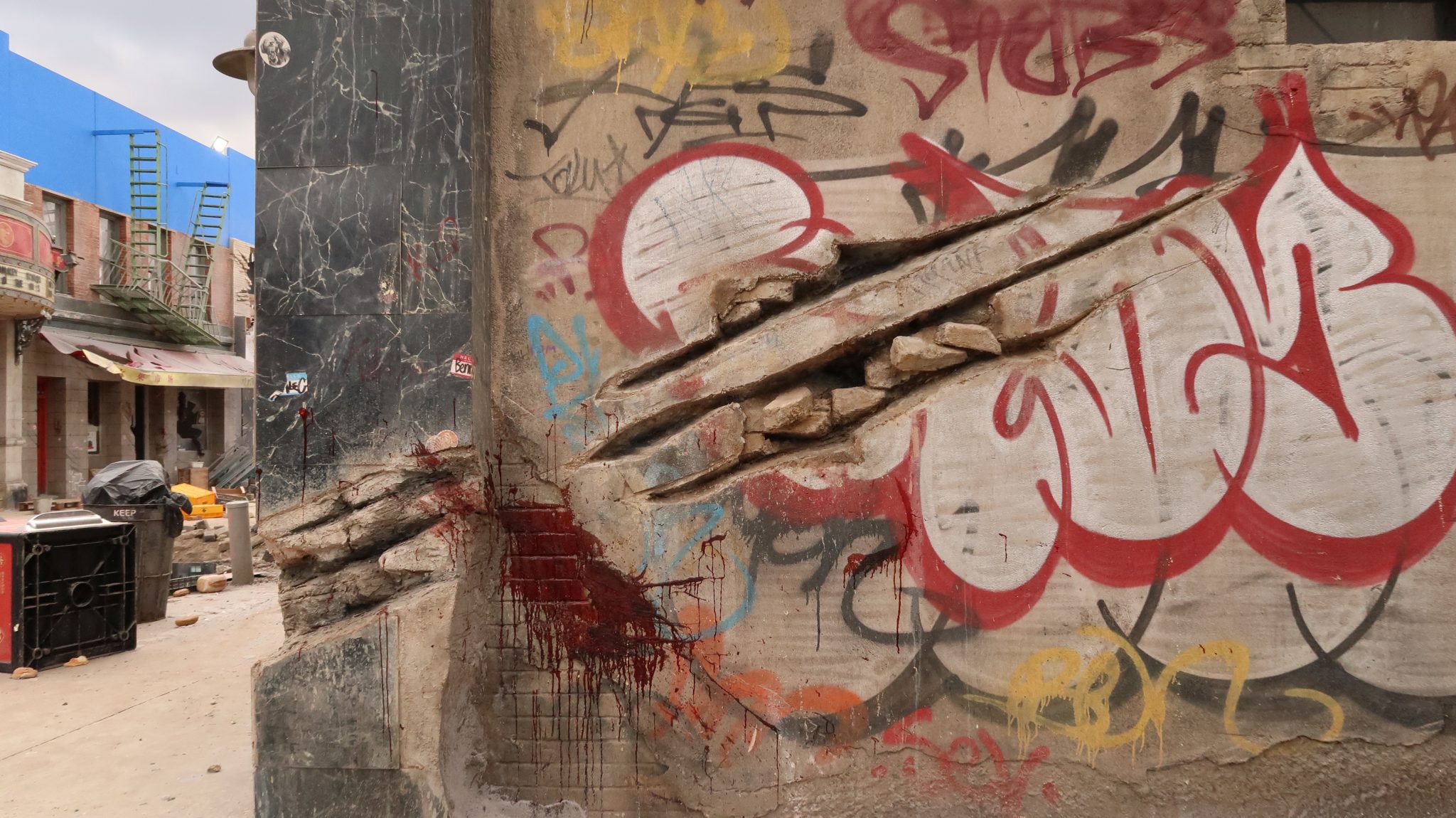
Amazing. I heard you and the Director Michael Sarnoski explored New York together in preparation for building the sets. What did these explorations involve and how did they inform your work?
Yes! So the Director, Michael and I went to New York and walked through the ‘road trip’ that Samira takes in the movie. We started in Chinatown and really explored each space.
Because of the themes of noise and atmosphere, I thought it was a really idea to showcase New York at its noisiest before the aliens attack. Whilst we’re walking around, I was making mental and visual notes of all of the noisy things that we could put into the sets at Leavesden when we eventually built it for filming.
For example, there was a street busker there who had this fantastic instrument that was hooked up to a little amplifier – that was very noisy. There were these guys who had these big trash cans on wheels, and they were pushing them down the street and the wheels were a little bit broken, squeaking and getting stuck, and they’re pushing them and then dropping them off the sidewalk onto the street.
I photographed all of those sorts of things and shared them with our Set Decorating and Props department and they replicated it here.
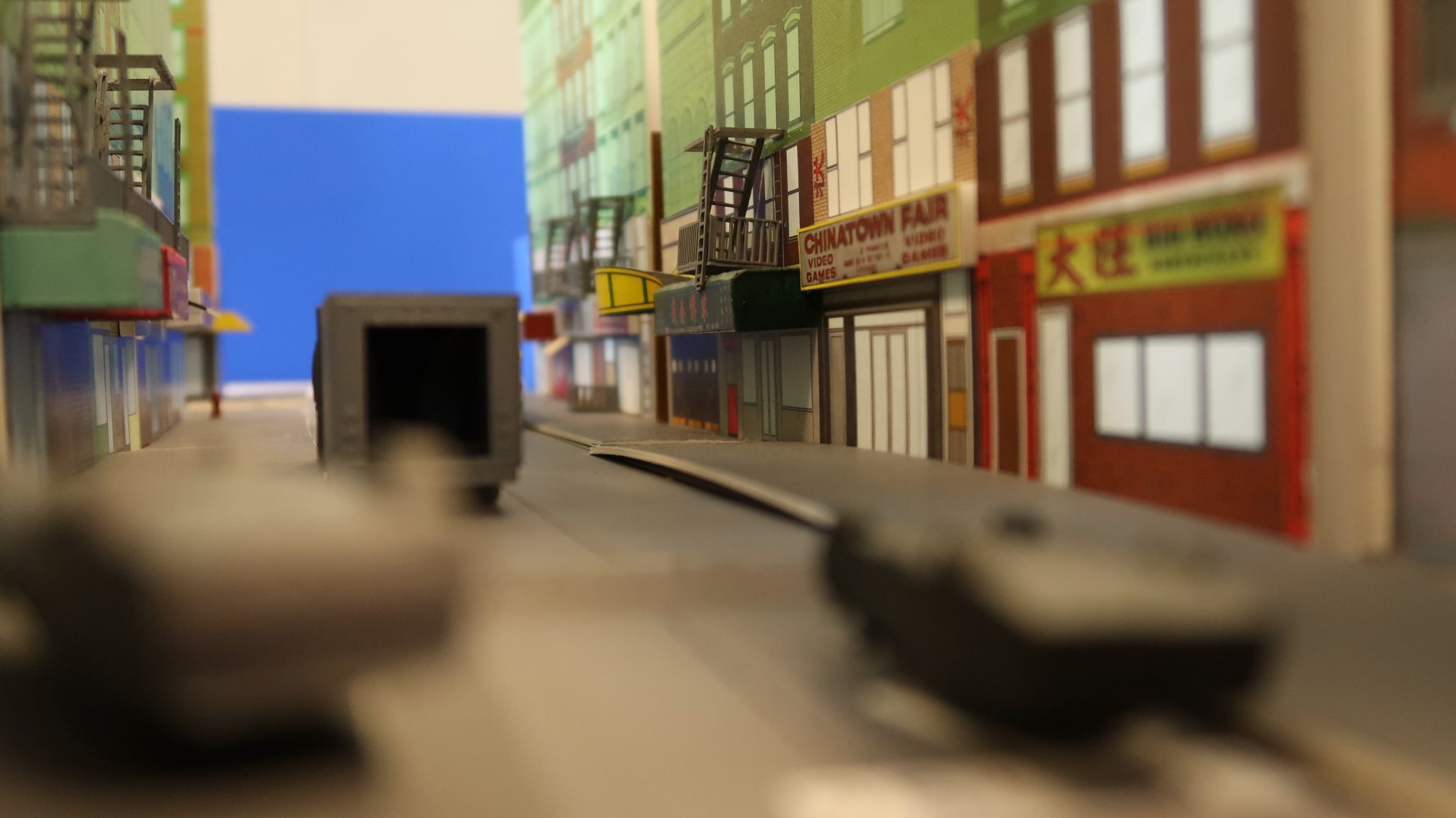
I’m guessing the city’s reputation as ‘the city that never sleeps’ helped to inform the decision to base the story there!
Exactly, the contrast for the sound is definitely heightened by basing the story within a noisy city. My ears are still ringing from being in New York! [laughs]
The cast have openly praised the sets in interviews, saying their accuracy really helped them to feel immersed. What other attributes do you feel contributed to you and the team being able to capture New York as well as you have?
Thank you. I feel that there were many factors that allowed us to recreate New York authentically here in London. The vehicles were a very important part of this. We had TLO action vehicles looking after and supplying all of the vehicles used. Smaller details such as the license plates and props also play such a vital role in this.
The aging and textures of the vehicles and sets was also really important. I don’t know what happens to them, but the police cars in New York are completely battered, all of the graphics are nearly rubbed off of them. So I didn’t want to have brand new looking police cars, because that’s not what it looks like. It was creating those little details, like vehicles and even the gum on the sidewalks and the dressings of the stores.
Even capturing the correct atmosphere – it’s very warm in the Summer in New York and the film is set in Summer. So we had to coordinate with the SFX team to help bring that to life.
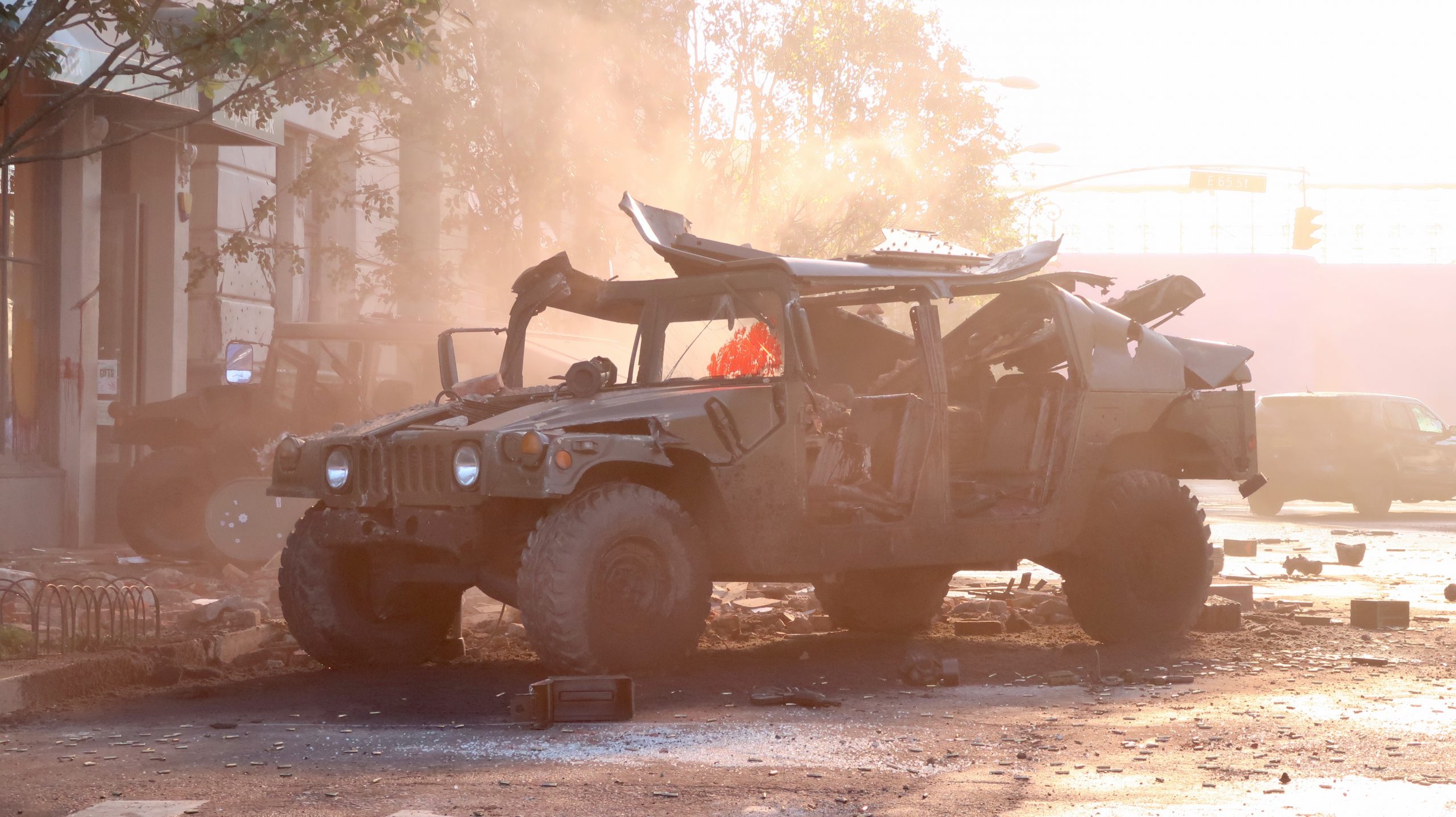
What does that process of collaborating with the SFX team look like?
When I first came onto the project, I sat with the Director and we talked through his vision for it all. But I never like to go into these meetings without any kind of props. So, before my meeting, I put together loads of mood boards and reference images.
Having shot in New York and having recreated New York in London in the past, I’ve got an amazing collection of books and images that I’ve taken with my own camera. So I gathered all that information together and found what was specific to this project.
I put that all together and presented it to Michael. It was great fun, because he was like “Oh, yes, let’s take that!” and “I love that idea – let’s develop that further.” So that’s how we created this kind of visual feast that not honoured the reality of New York so that everybody would recognize it, but was also ours and was specific to this project. It was very important for me that the backlot sets were 100% accurate, down to the smallest detail.
It was really important to me that Samira makes a journey through the streets, from the theatre, into the corner store in the opening scenes, so that we could mirror that same journey again after the aliens had attacked. This allowed us to show the same stores and environments twice – once in tact and once destroyed. We needed the audience to feel that devastation and if we’d shot in New York – or any location for that matter, we would never have been able to do that much destruction for those comparative scenes.
Was that control of the space one of the main reasons why you chose to shoot at a Studio over on location?
Absolutely. Initially, Michael was very eager to look into shooting in New York for real. That’s part of the reason why we did visit New York; to see how difficult it is to shoot anything in New York. Before I shot a Hugh Jackman movie in New York and it was great because New Yorkers see him all the time, so it was actually quite easy for us to shoot. But he was only getting out of a car, walking down the street and going into a store or something.
Whereas our movie is complete destruction everywhere. There’s absolutely no way we could we could shoot in the real New York. The only option, the only way to really feel that amount of destruction was to build it on a backlot, somewhere in the world. But of course, with all the talented crew here in the UK, the choice was easy to make. There’s such a strong history of New York being shot in the UK so it was a no brainer for the producers.
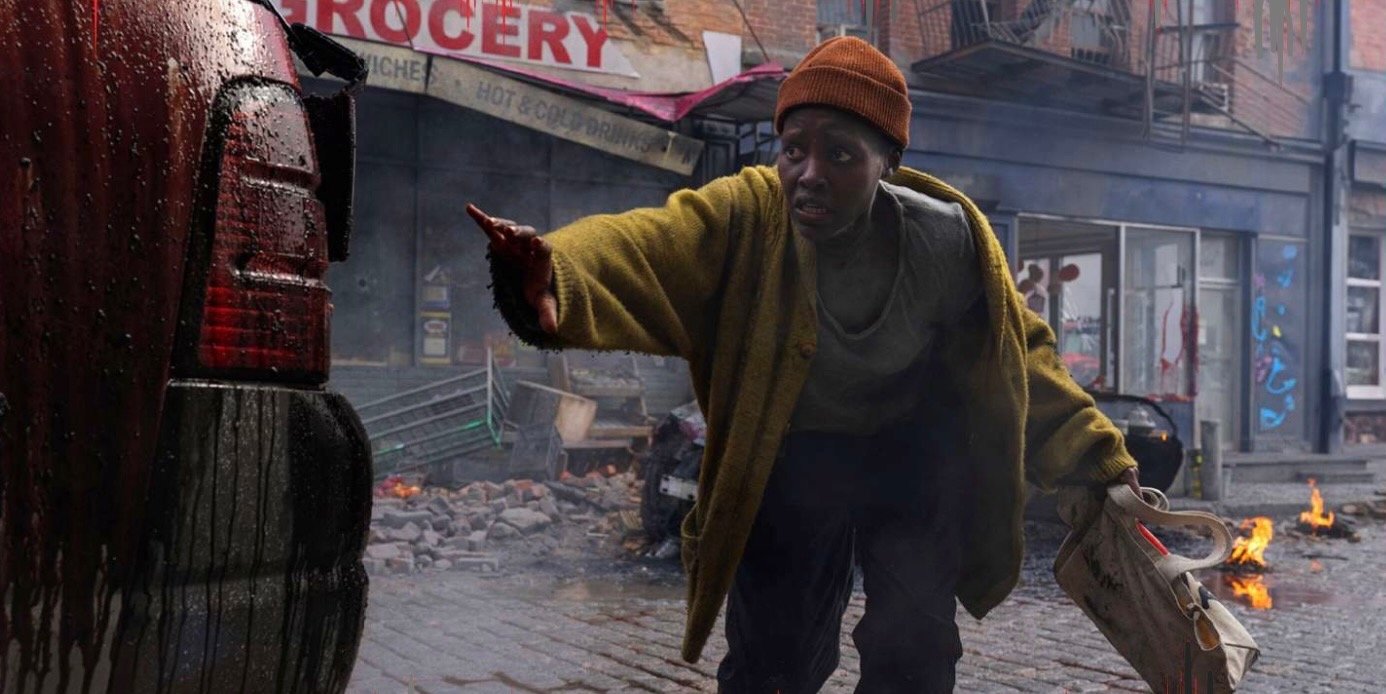
Along with our backlot you also had two stages at the Studios, could we talk a little about what happened with those stages?
Of course. So we had a few stages here at Warner Bros. Studios Leavesden. In one of them, we built a park set. This was for an exterior scene where there were two children hiding in a fountain in the middle of this park.
Obviously, they’re going to get very wet hiding in this mountain, so we couldn’t shoot it outside. Not only were we shooting in the wrong country, but we were also filming at the wrong time of year. We shot in February, so it was very cold and to have two children getting wet, hiding in a fountain outside – it wasn’t going to happen. So we built that set inside. We incorporated a mix of fake and real tree and grass and built this fountain park set, surrounded by green screen so that in post-production we could add the view of surrounding buildings afterwards.
We also built the interior of Samira’s apartment. This was a lovely, loft style apartment in New York. Because she’s not a wealthy character, but we needed quite a bit of space to shoot the sequence we wanted, we created her apartment as if it was a beautiful, dilapidated old warehouse apartment, almost like she could have bought it when it was worth very little. But she’s done it up. The bricks were all slightly wonky and the windows were single pane glass. It had this great atmosphere for her character.
That was built on a stage and outside of it, we had a translight. We had a photograph backing of New York. But obviously at that time in the movie, everything was being destroyed. So Michael and I chose this fantastic view of this intersection between different streets while we were in New York and had a photographer take photographs of that view. We gave those photographs to Industrial Lights and Magic, who were doing all our visual effects and they did the work to make it look like it was all destroyed, scratched and that windows were smashed. We worked on this with them until we got to a place where that view was perfect. Then we had it printed on this huge canvas that we put outside the window of the apartment to make sure that the scene followed cohesively with the rest of the movie.
Do you have a highlight of working on this particular project?
I suppose the highlight for me was actually standing on the backlot on the intersection between these two enormous street sets the day it was finished. It was fully dressed, and the cars were in there.
It was a proud moment to be stood there with Michael Sarnoski. We looked around and took in the details and all those little things that we discussed, six, seven months earlier. They were physically there and all around us and we were so excited to start the journey of filming A Quiet Place: Day One.
That’s amazing. I’ve seen photos from when John Kransinski visited set. With him being the director for the first two films and being a producer on this one, was there a clear intention to make this film feel different to the other two?
John Kransinski had created this amazing environment and incredible concept with the first two movies. But as this was a prequel/spin-off, it was exciting as a production designer because the rules had been written for the creatures, but we were in such a different environment and atmosphere to the first two movies. A Quiet Place and A Quiet Place II are both very much set in the countryside or in open spaces, so everything was very horizontal and you could see the creatures coming.
Whereas in New York, everything is very vertical. Suddenly, we’re working with these huge canyons of views down streets, which is wildly different environment. It was very exciting as the creatures could be climbing down from above or through the buildings and out at you. Nowhere was safe, so it was a really big and fun difference to be able to play with that for this movie.
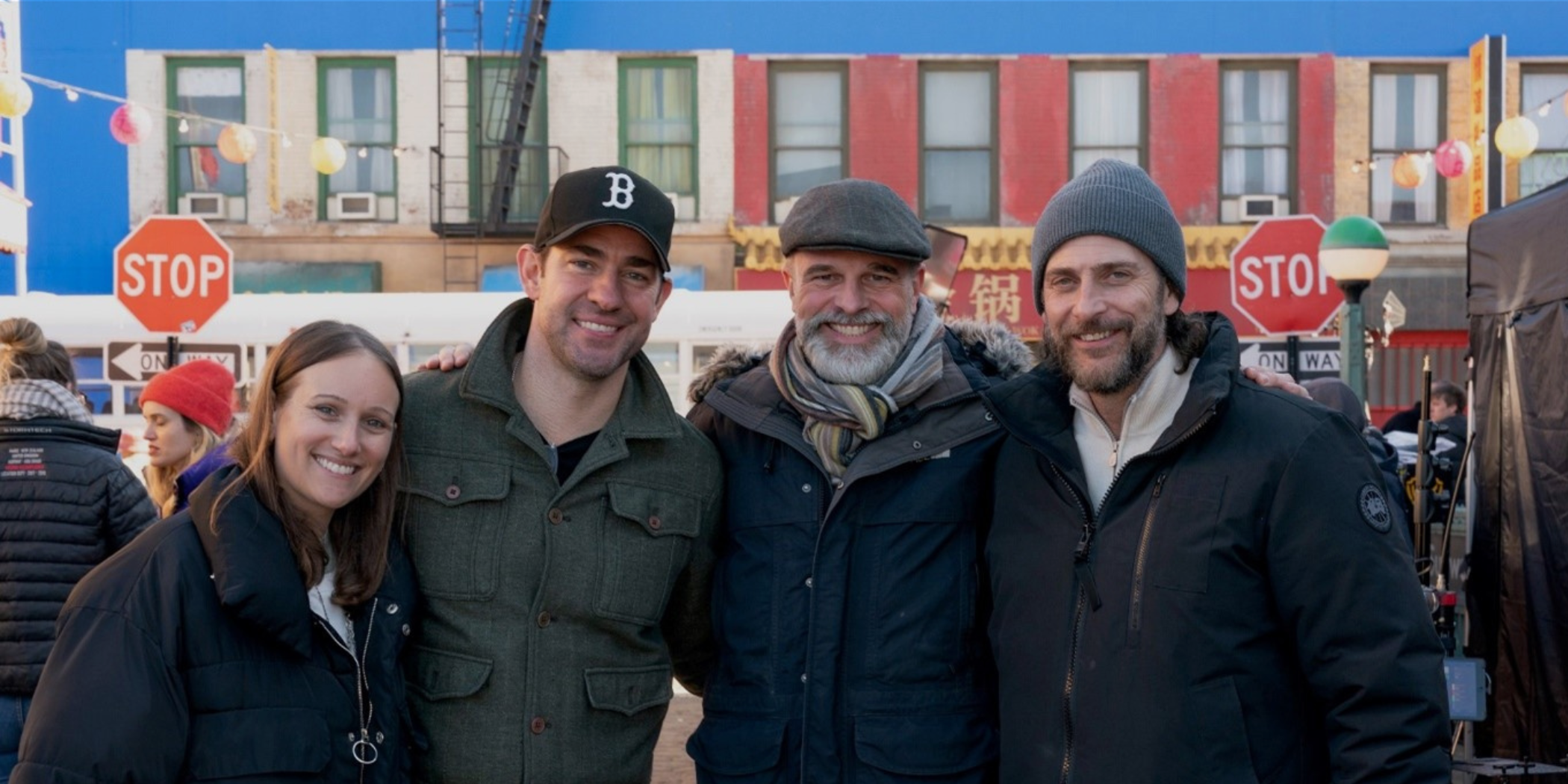
Finally, how was your experience shooting at Warner Bros. Studios Leavesden?
It’s fantastic filming at Warner Bros. Studios Leavesden, we felt incredibly welcome every step of the way. Emily and the entire team supported us and the resources that the studio provides are amazing. We have a really happy crew because the canteen is incredible. There’s also the amazing team at WonderWorks that provides child care, which is incredible because whenever I film here, I get to welcome back single parents or parents who have stepped away from the industry to be able to have children.
Watch the full trailer for A Quiet Place: Day One below:
